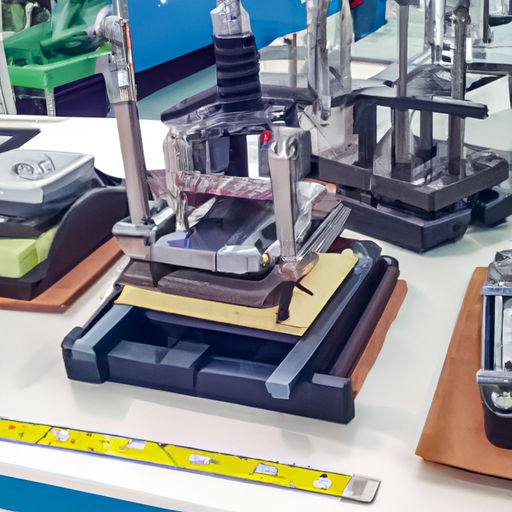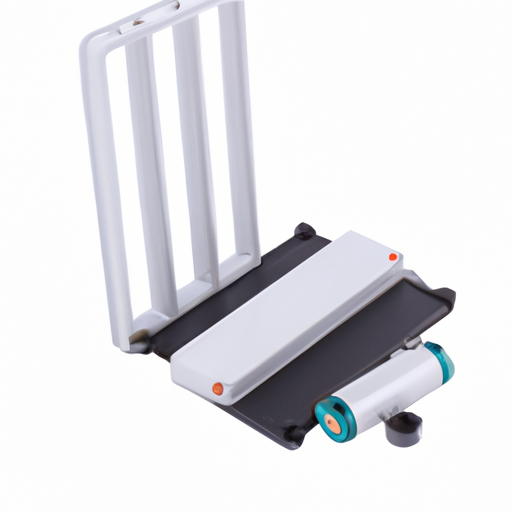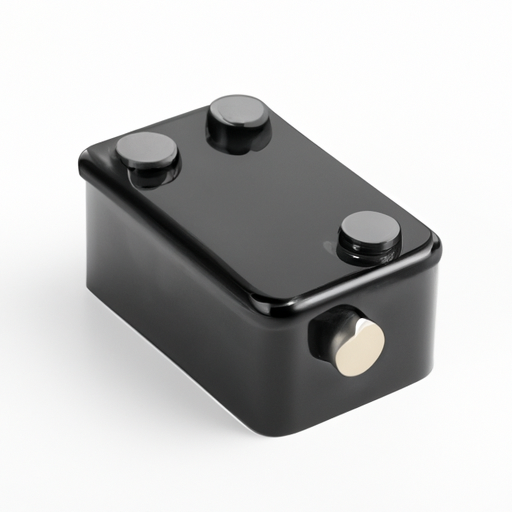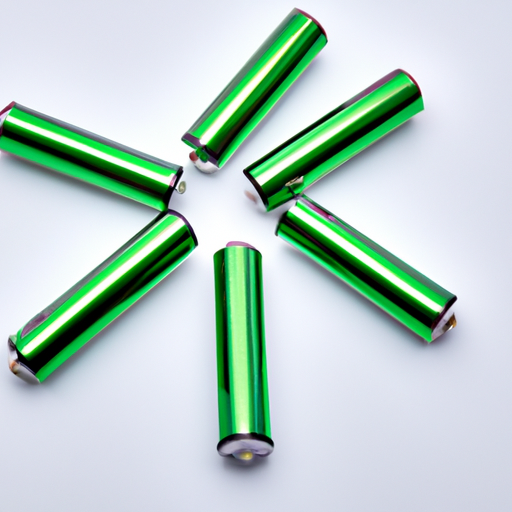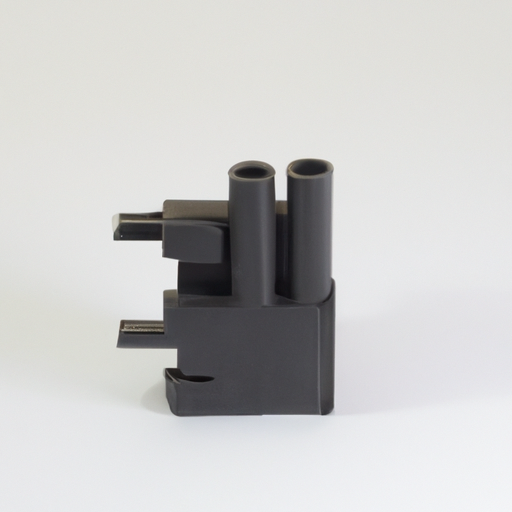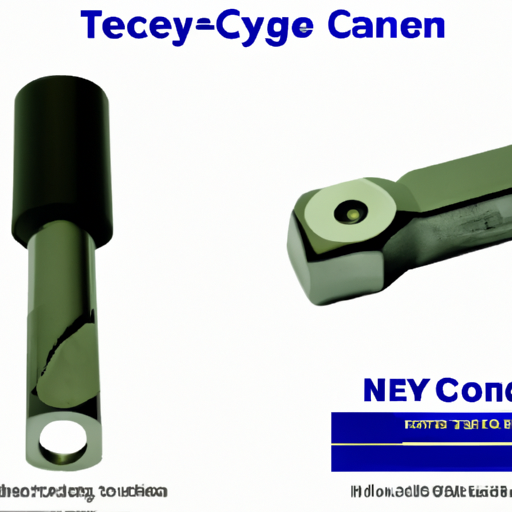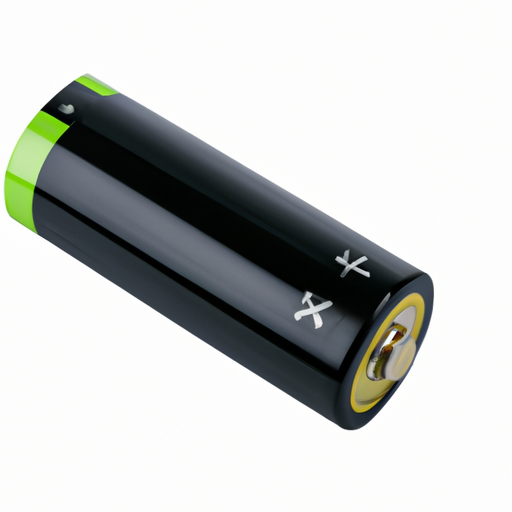The Production Process of Mainstream Battery Molds
I. Introduction
In the rapidly evolving world of technology, batteries play a crucial role in powering everything from smartphones to electric vehicles. At the heart of battery manufacturing lies a critical component: battery molds. These molds are essential for shaping and forming the various types of batteries that power our devices. This article will explore the production process of mainstream battery molds, highlighting their importance, the various types, and the intricate steps involved in their creation.
II. Understanding Battery Molds
A. Types of Battery Molds
Battery molds can be categorized based on the type of battery they are designed to produce. The three most common types include:
1. **Lead-acid Battery Molds**: These molds are used for traditional lead-acid batteries, which are widely used in automotive applications. The molds must accommodate the specific shapes and sizes required for the lead plates and separators.
2. **Lithium-ion Battery Molds**: As the demand for lithium-ion batteries has surged, so has the need for specialized molds. These molds are designed to create the intricate components of lithium-ion cells, including the anode, cathode, and electrolyte compartments.
3. **Nickel-metal Hydride Battery Molds**: Used primarily in hybrid vehicles and some consumer electronics, these molds must be designed to accommodate the unique chemistry and structure of nickel-metal hydride batteries.
B. Key Components of Battery Molds
The effectiveness of a battery mold is determined by its design and components, which include:
1. **Cavity Design**: The cavity is the heart of the mold, where the battery components are formed. A well-designed cavity ensures precise dimensions and optimal performance.
2. **Ejector Systems**: These systems are crucial for removing the molded parts from the cavity without damaging them. They must be designed to operate smoothly and efficiently.
3. **Cooling Channels**: Proper cooling is essential during the molding process to prevent defects and ensure uniformity. Cooling channels help regulate the temperature of the mold, allowing for faster cycle times and improved quality.
III. The Importance of Battery Molds in Battery Production
Battery molds play a vital role in the overall battery manufacturing process. Their significance can be summarized in three key areas:
A. Role in Ensuring Battery Performance and Safety
The design and quality of battery molds directly impact the performance and safety of the batteries produced. A well-crafted mold ensures that the battery components fit together perfectly, reducing the risk of leaks, short circuits, and other safety hazards.
B. Impact on Production Efficiency and Cost
Efficient mold design and production can significantly reduce manufacturing costs. High-quality molds enable faster production cycles, minimizing downtime and waste. This efficiency is crucial in meeting the growing demand for batteries in various industries.
C. Influence on Battery Design and Innovation
As battery technology evolves, so too must the molds used to produce them. Innovative mold designs can facilitate the development of new battery chemistries and configurations, driving advancements in energy storage technology.
IV. The Production Process of Battery Molds
The production of battery molds involves several intricate steps, each critical to ensuring the final product meets industry standards.
A. Design Phase
1. **Conceptualization and CAD Modeling**: The process begins with conceptualizing the mold design. Engineers use Computer-Aided Design (CAD) software to create detailed models, allowing for precise visualization and adjustments.
2. **Simulation and Analysis**: Before physical production, simulations are conducted to analyze the mold's performance under various conditions. This step helps identify potential issues and optimize the design.
3. **Prototyping**: A prototype of the mold is often created to test its functionality. This allows for real-world testing and further refinements before mass production.
B. Material Selection
1. **Common Materials Used for Molds**: The choice of material is crucial for mold durability and performance. Common materials include steel, aluminum, and specialized alloys, each offering different benefits.
2. **Factors Influencing Material Choice**: Factors such as the type of battery being produced, production volume, and cost considerations influence material selection. For instance, high-volume production may favor aluminum for its lightweight properties, while steel may be preferred for its durability.
C. Machining and Fabrication
1. **CNC Machining**: Computer Numerical Control (CNC) machining is employed to create the mold's intricate features with high precision. This technology allows for complex shapes and tight tolerances.
2. **Electrical Discharge Machining (EDM)**: EDM is used for creating fine details and complex geometries that are difficult to achieve with traditional machining methods. This process involves using electrical discharges to erode material.
3. **Surface Treatment Processes**: After machining, molds undergo surface treatments to enhance their durability and resistance to wear. Common treatments include hardening, coating, and polishing.
D. Assembly
1. **Fitting Components Together**: Once all parts are machined, they are assembled into the final mold. This step requires precision to ensure all components fit together seamlessly.
2. **Quality Control Measures**: Throughout the assembly process, quality control measures are implemented to ensure that the mold meets design specifications and performance standards.
E. Testing and Validation
1. **Dimensional Accuracy Checks**: After assembly, the mold undergoes dimensional accuracy checks to verify that it meets the required specifications.
2. **Functional Testing**: The mold is tested in a production environment to assess its performance. This includes checking for defects in the molded parts and ensuring that the mold operates efficiently.
3. **Compliance with Industry Standards**: Finally, the mold must comply with industry standards and regulations, ensuring it is safe and effective for battery production.
V. Quality Control in Battery Mold Production
Quality control is paramount in the production of battery molds. It ensures that the molds produced are reliable and meet the high standards required for battery manufacturing.
A. Importance of Quality Assurance
Quality assurance processes help identify defects early in the production process, reducing waste and ensuring that only high-quality molds are delivered to manufacturers.
B. Techniques for Quality Control
1. **Statistical Process Control (SPC)**: This technique involves using statistical methods to monitor and control the production process, ensuring that it operates within specified limits.
2. **Non-Destructive Testing (NDT)**: NDT methods are employed to assess the integrity of the molds without causing damage. Techniques such as ultrasonic testing and X-ray inspection are commonly used.
3. **Final Inspection Protocols**: A thorough final inspection is conducted before the molds are shipped to ensure they meet all specifications and quality standards.
VI. Challenges in Battery Mold Production
While the production of battery molds is a critical process, it is not without its challenges.
A. Technological Advancements and Their Impact
Rapid advancements in battery technology require constant updates to mold designs and production techniques. Manufacturers must stay ahead of the curve to remain competitive.
B. Environmental Considerations
As sustainability becomes a priority, mold manufacturers face pressure to adopt environmentally friendly practices. This includes reducing waste and energy consumption during production.
C. Cost Management and Economic Factors
Fluctuations in material costs and economic conditions can impact the production of battery molds. Manufacturers must find ways to manage costs while maintaining quality.
VII. Future Trends in Battery Mold Production
The future of battery mold production is likely to be shaped by several key trends.
A. Innovations in Mold Design and Materials
As battery technologies evolve, so too will the designs and materials used in molds. Innovations such as 3D printing may allow for more complex and efficient mold designs.
B. Automation and Industry 4.0
The integration of automation and smart technologies into the production process will enhance efficiency and reduce human error. Industry 4.0 practices will enable real-time monitoring and data analysis.
C. Sustainability Practices in Mold Production
Sustainability will continue to be a driving force in mold production. Manufacturers will increasingly adopt eco-friendly materials and processes to minimize their environmental impact.
VIII. Conclusion
Battery molds are a critical component in the production of batteries, influencing performance, safety, and manufacturing efficiency. The production process involves several intricate steps, from design and material selection to machining and quality control. As technology advances, the future of battery mold manufacturing will be shaped by innovation, automation, and sustainability practices. Understanding this production process is essential for anyone involved in the battery industry, as it lays the foundation for the next generation of energy storage solutions.
IX. References
A comprehensive list of academic papers, industry reports, and other resources would be included here to support the information presented in the article.

